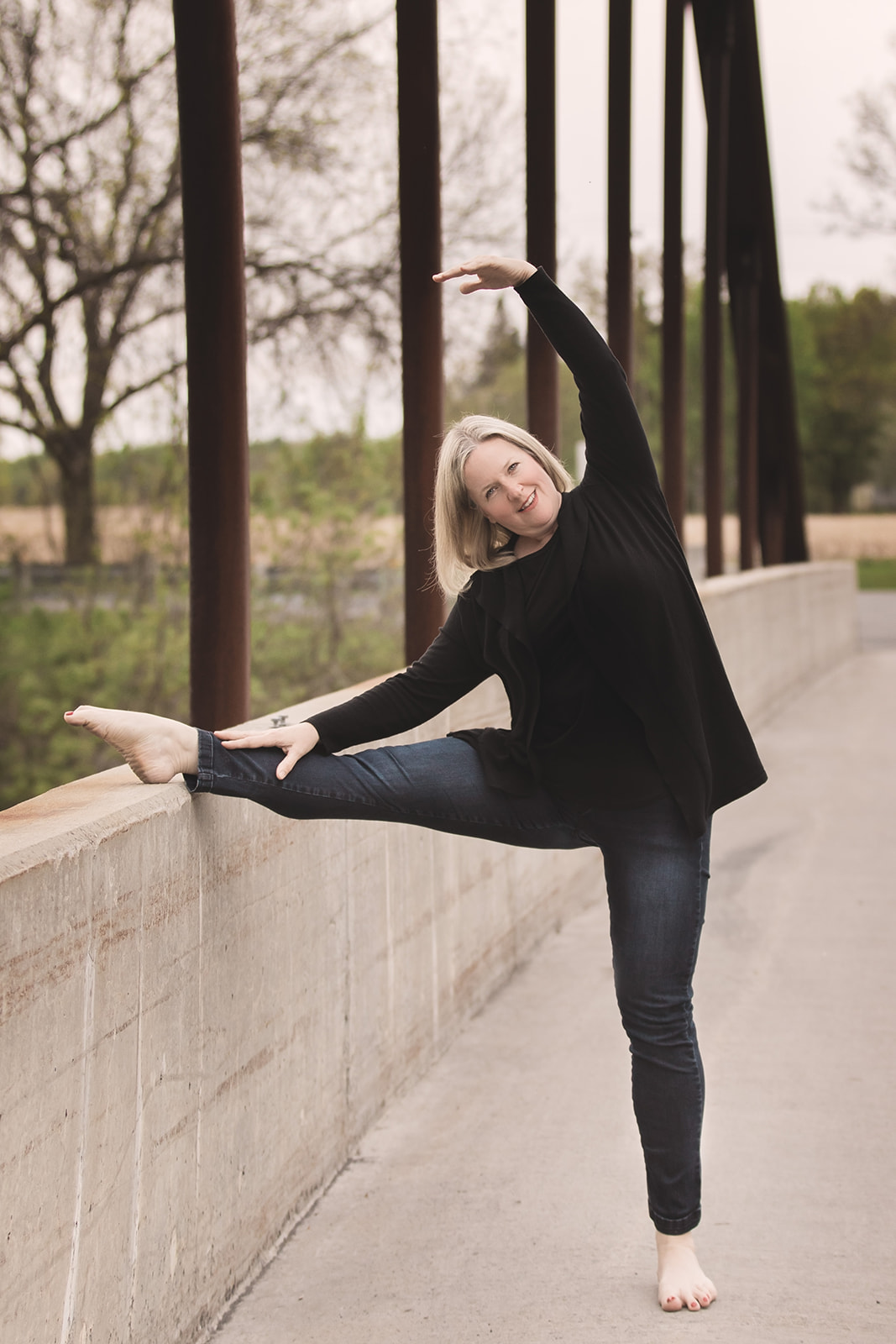One thing about the winter is that we are indoors significantly more, and given we are coming up to the 2nd anniversary of a global pandemic, many of us have been indoors significantly more already.
Many of you are working from home, learning from home, or recovering at home and now we’re also hiding from the weather… at home. When we are indoors for this long, it also means we’ve probably been sitting on our behinds too much.
Sitting for too long leads to increased stiffness and pain all around our bodies, and often this stems from oxidative stress. Several warnings signs can point to us suffering from oxidative stress but don’t fret; there are also many ways you can combat it.
What is oxidative stress?
Oxidative stress occurs within our bodies when there is an imbalance of antioxidants and free radicals. Our cells produce free radicals naturally during our metabolic process, but our cells simultaneously have antioxidants that counteract these free radicals. As a result, the body tries to maintain a constant balance of antioxidants and free radicals to keep us feeling good and looking healthy.
Generally speaking, there are four key contributors to oxidative stress, or when free radicals overload our bodies:
- Diet
- Lifestyle choices including exercise
- Environmental factors e.g., pollution, chemicals, and radiation
- Other medical conditions
What are the symptoms of oxidative stress?
Muscle stiffness and pain, especially in and around the spine, are the most common symptoms of oxidative stress. However, those general feelings of achy pain, sometimes in seemingly random places around the body, are also symptoms.
So think of the symptoms of oxidative stress in this way – if you get up from your desk chair after a period of sitting down and you wince from stiffness or pain, and you know you really shouldn’t be, it’s most likely oxidative stress.
Why does sitting at your desk cause pain and stiffness?

Many experts argue that oxidative stress can occur in the body as quickly as 20 minutes after being seated. The irony many people experience with oxidative stress is that they can’t understand why they are stiff or experiencing pain around their body when they haven’t done any physical activity to cause it.
And that’s where the problem lies – with inactivity.
Quite often, a contributor to oxidative stress from sitting is poor posture. So if your posture is slightly off and you hold that position for a short period, say 20 minutes, your body will let you know about it when you get up again.
The cure? Get up and move every 20 minutes to get the blood flow going again, which will arrest stiffness and pain (in most cases). Blood flow acts as a lubricant of sorts for our muscles, and our muscles work best when they are warm, loose, and lubricated – much like a car engine!
What can you do to reduce pain and stiffness?

First of all, it’s important to understand that no single person can ever totally avoid exposure to free radicals and, subsequently, oxidative stress. The only thing we can do is reduce the effects of oxidative stress, namely our pain and stiffness. The keys are boosting antioxidant levels, cutting down on exposure to free radicals, and moving the body.
We can add antioxidants through our diet, with many dieticians saying five servings of fruit and vegetables a day are a crucial starting point. Some excellent sources include:
Berries
Citrus fruits
Broccoli and dark leafy greens (like kale)
Carrots
Tomatoes
Fish
Nuts (unsalted)
Garlic and onions
Cinnamon
Turmeric
Vitamins E and C
Regular and moderate exercise routines, quitting smoking (and exposure to secondhand smoke), limiting alcohol intake, getting the required amount of sleep each night, avoiding overeating, and wearing sunscreen also help prevent a buildup of free radicals in our bodies.
Why is oxidative stress important to understand?
At this point, you might be wondering, if oxidative stress is mainly unavoidable and it’s common in pretty much everyone, why should I bother trying to correct it?
The problem is that constant oxidative stress within the body can lead to other health problems, especially as we get older. It can also essentially ramp up the aging process for us.
One clear reason for hypertension and arterial damage later in life is constant oxidative stress. In addition, stroke, diabetes, chronic fatigue syndrome, and other potentially fatal conditions are heightened in probability with individuals with ongoing occurrences of oxidative stress.
An easy exercise to reduce pain and stiffness
Take a look at this short video for some great examples of stretches you can do, even while at your desk in the office or home, to move your spine, neck, upper and lower back, pelvis, and hips in all directions. This movement stretch is simple to do and easy on your back.
Afterward, you will feel looser around your back, and there will be an increase in blood flow around it, which will combat oxidative stress.
Doing these at regular intervals during the workday will go a long way to reducing pain and stiffness caused by prolonged sitting and oxidative stress.
If you like this style of movement, you can also look at my online mobility and stretch classes that provide easy gentle stretches and help get you moving and active!
Summing it up

Think about oxidative stress and its role in your life. You probably already knew that being sedentary for long periods is not good for the body. We are, after all, designed to move around. But given the pandemic, our susceptibility to oxidative stress has likely never been higher, causing stress on our health and wellbeing.
But there IS good news – while the symptoms of oxidative stress are pretty common and easy to trigger, and our exposure to the causes of oxidative stress (free radicals building up in our bodies) is hard to avoid, there are a lot of easy things we can do to minimize it significantly.
A healthy balanced diet, stretching at regular intervals, regular exercise, and increasing the intake of certain foods are all great ways to lower the effects of oxidative stress. Plus, if we are honest with ourselves, these are things we should be doing anyway!
Let’s get moving, reduce our pain and stiffness, and enjoy life!



0 Comments